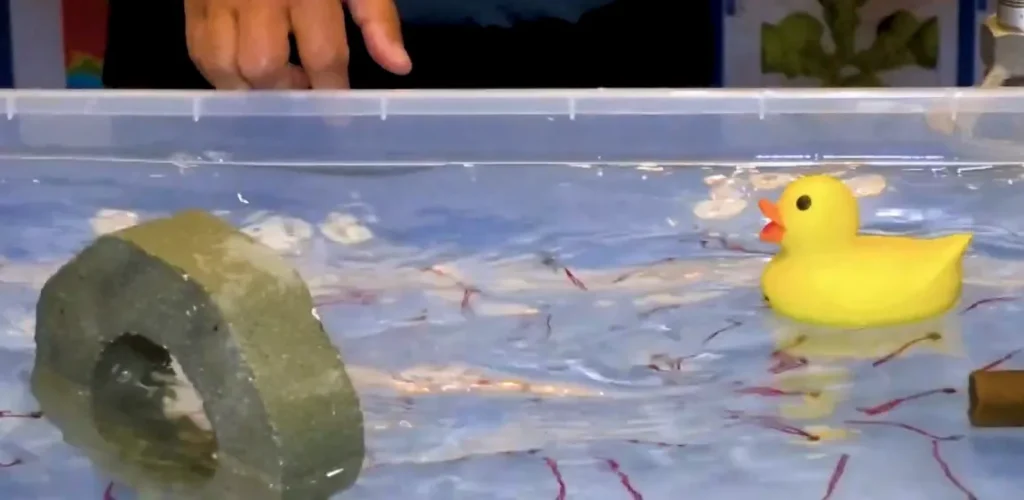Industrial tank mixing: purpose, technology and advantages
In industrial applications, tank mixing is not a technical whim, but an operational necessity. This process ensures that products remain homogeneous, prevents settling of solids, promotes uniform chemical reactions and ensures efficient thermal control.
In industries such as chemical, energy, food or water treatment, avoiding stratification or sludge accumulation at the bottom of the tank can make the difference between an efficient system and one that is prone to failure.
Power-free technology: the Jacoby-Tarbox solution
During a recent conference, Clarence Dela Vega of Clark-Reliance's Jacoby-Tarbox business development division presented an innovative tank-mixing device that requires no external power source.
The system operates under the Venturi principle, a physical law that takes advantage of the difference in pressures to generate a suction effect within the fluid.
- When one gallon of liquid is pumped through the device, an additional four gallons of tank contents are "trained".
- The result: five gallons of total mix for every one gallon pumped, amplifying the flow rate without using additional energy.
This effect creates a continuous movement inside the tank, achieving an effective mixing of the contents without the need for motors or mechanical agitators.
Smart installation: how to integrate this energy-free mixing system
The device is integrated into the tank's piping system, connected to a recirculation pump. Although it is recommended to be placed at the bottom, it can be adapted to different configurations.
In addition, Jacoby-Tarbox uses computational fluid dynamics (CFD) software to simulate the behavior of the liquid inside the tank. In this way, dead zones can be identified and the location of the mixing system optimized, ensuring full coverage.

5 key benefits of Venturi mixing system
- Energy efficiency: No electricity or moving parts required.
- Material versatility: Available in stainless steel, carbon or special alloys such as duplex or HES-LOIS-C.
- Extreme durability: Designed to operate without long-term replacement.
- Low maintenance: Fewer parts, less risk of failure.
- Adaptability: Applicable in tanks with chemicals, fuels or wastewater.
Sustainable innovation in industry
Tank mixing no longer relies exclusively on costly and maintenance-demanding systems. Solutions such as Jacoby-Tarbox demonstrate that it is possible to achieve efficient internal mobility with passive, sustainable and highly effective technologies.
For industries seeking uncomplicated reliability and efficiency, this type of innovation represents a practical and strategic evolution in industrial fluid handling.
For more NISTM 2025 content, visit our YouTube channel and LinkedIn profile.
Source: Inspenet.

